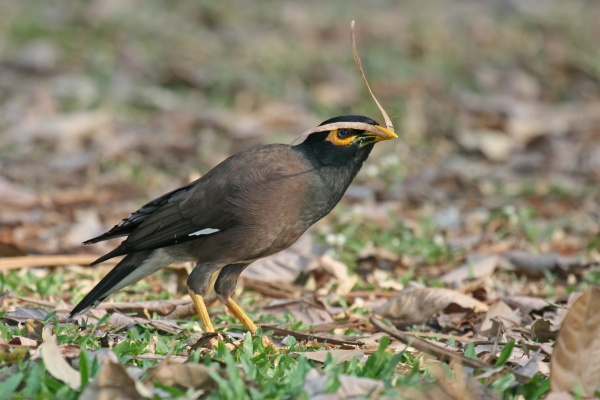Facts About Common myna
The common myna, also known as the Indian myna, is a bird belonging to the Sturnidae family, originating from Asia. This omnivorous bird thrives in open woodlands and has also adapted remarkably well to urban environments. Its adaptability has earned it a reputation as one of the world's most invasive species, posing significant threats to biodiversity, agriculture, and human interests. In Australia, in particular, it is regarded as a major pest.
Taxonomically, the common myna belongs to the genus Acridotheres, with two primary subspecies: the Indian myna and the Sri Lankan myna. This bird is easily identifiable and is noted for its varied vocalizations, aggressive demeanor, and intriguing breeding and feeding habits. One of its most problematic behaviors is its aggression toward native species, particularly those that nest in tree hollows.
Beyond its native Asian range, the common myna has spread to many parts of the world, including Australia, New Zealand, South Africa, the United States, and various European countries. In these regions, it is often seen as a nuisance due to its detrimental impact on local ecosystems, native bird populations, and agricultural activities. Various strategies have been implemented to control its population and safeguard local wildlife.
The invasive nature of the common myna is a serious concern. It competes with native birds for resources, takes over nesting sites, damages fruit crops, and facilitates the spread of agricultural weeds. Its aggressive behavior and high adaptability make it a successful invader. Numerous studies have underscored its negative effects on both ecosystems and human activities worldwide.

 Myanmar (Burma)
Myanmar (Burma)